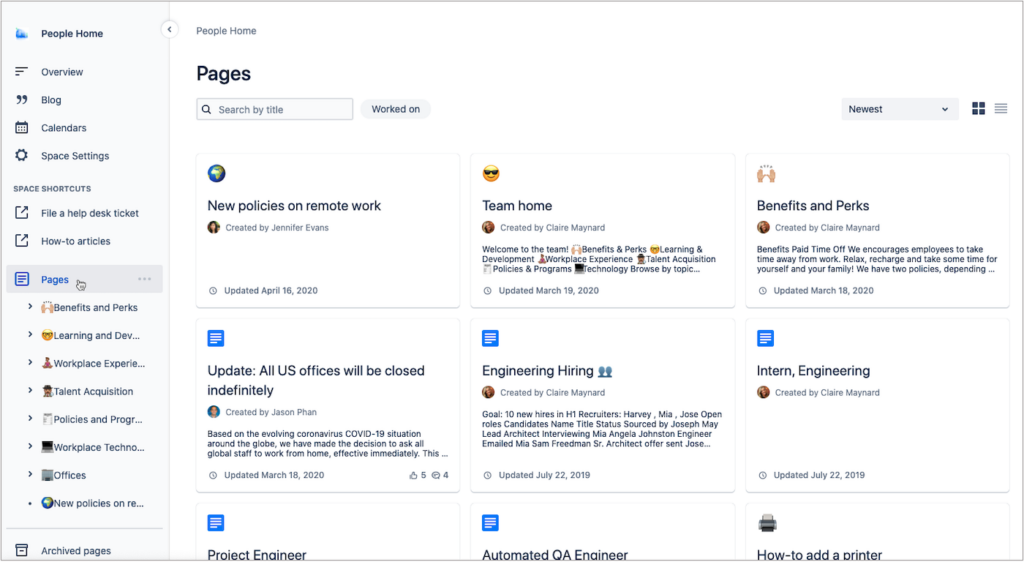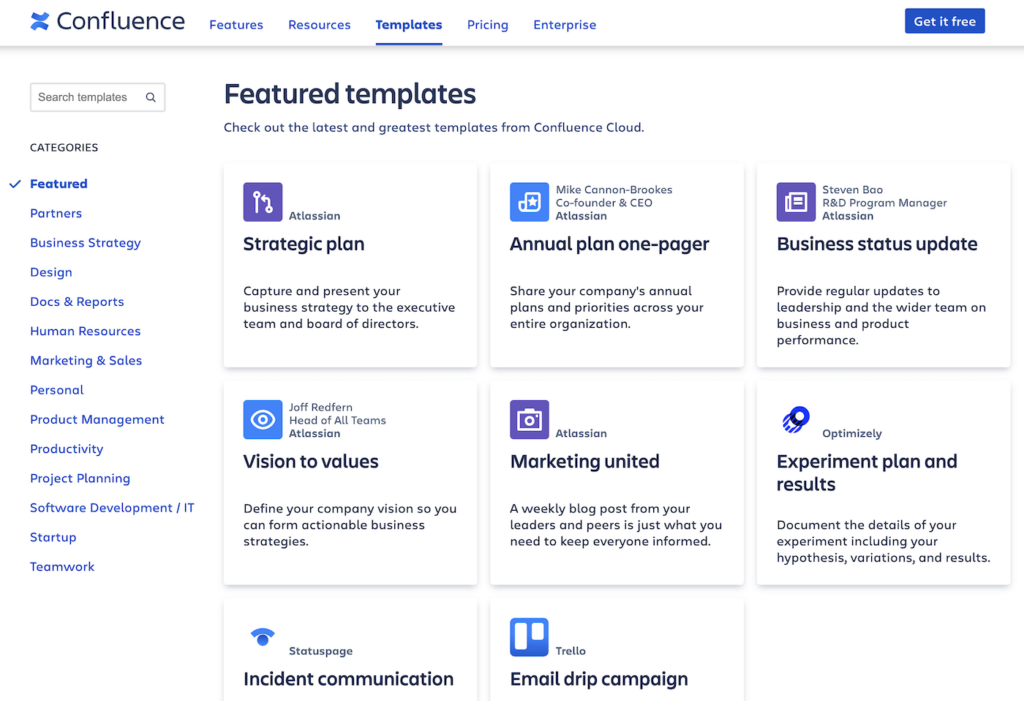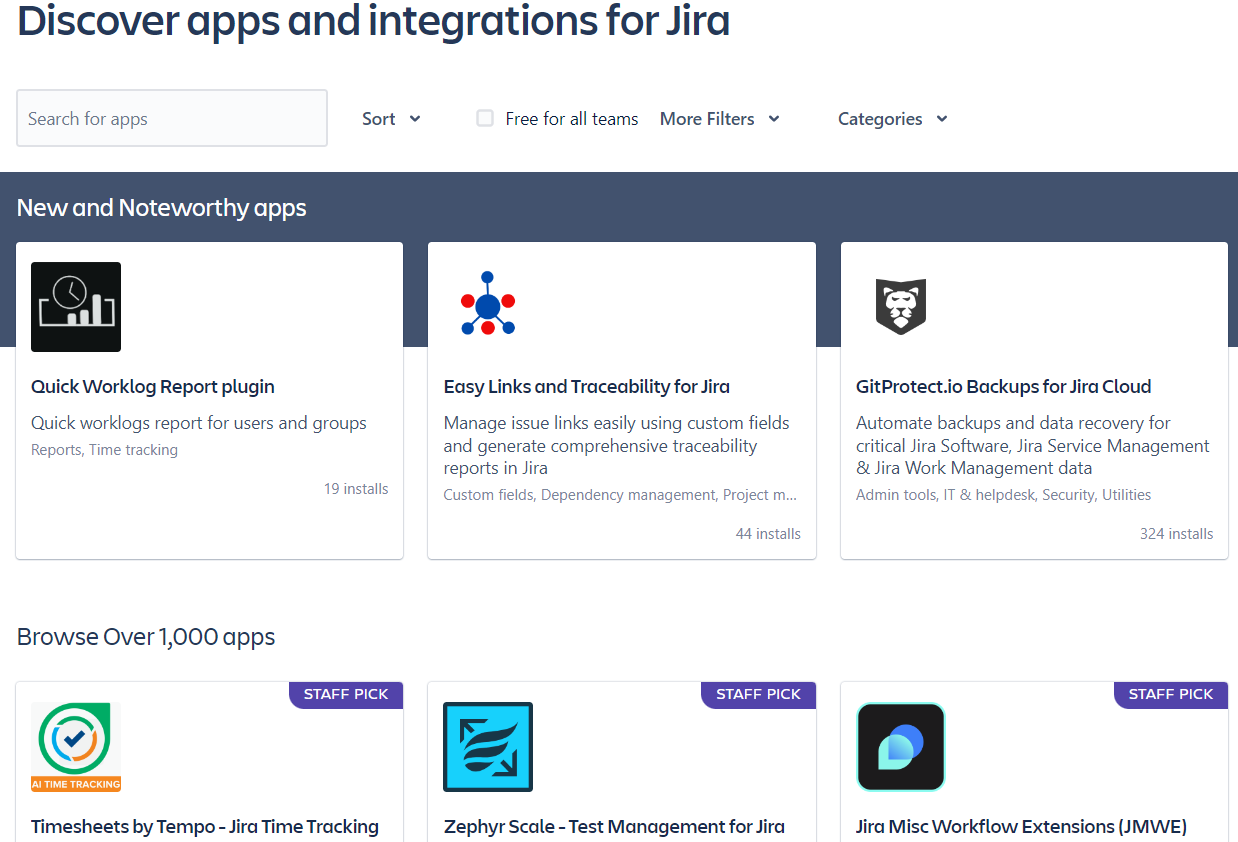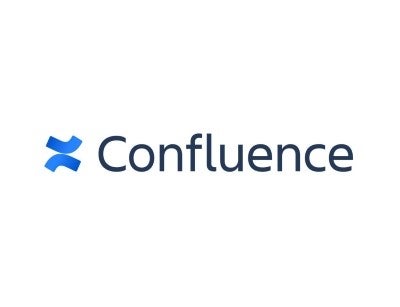Confluence review |
|
|---|---|
| Rating | 4.5/5 |
| Starting price | $5.75 per user per month |
| Key features |
|
If you’re looking for a flexible project management solution for collaboration, then you should consider Confluence by Atlassian. Confluence syncs with other Atlassian projects, including Jira and Trello, and offers the excellent security measures that Atlassian is known for. It can be accessed via your web browser and through iOS and Android mobile apps. This Confluence review is designed to offer curious teams decision-making information about the software.
We also want to note that while some existing accounts can be hosted on-premises, Atlassian is not accepting new licenses and is ending support for self-hosted servers in February 2024.
What is Confluence?

Confluence is a knowledge, collaboration and project management software app. Teams can use it for project management, resource management, reporting and document customization. Teams will also be able to use other Atlassian products, like Jira, to boost project capabilities.
Hands-on Confluence review results
First impressions gathered from using Confluence are generally positive. The user interface is simple and geared towards displaying your documents. In terms of work visualization, there isn’t nearly as much as you will find in other project tools like timelines and table views. Within documents, you can have tables, multimedia, roadmaps and schedules, but your dashboard itself is very plain. The lack of clutter makes it easy to organize project documents, and the ability to create new work spaces helps to manage your “pages” or documents.
| Criteria | Score |
|---|---|
| Features | 4.6/5 |
| Pricing | 4.4/5 |
| Ease of use | 4.2/5 |
| Service and support | 4.4/5 |
Confluence pricing: 4.4/5
| Pricing Plan | Cost/month (per user, billed monthly) | Cost/year (per 1-10 users, billed annually) |
|---|---|---|
| Free | - | - |
| Standard | $6.05 | $600 |
| Premium | $11.55 | $1,150 |
| Enterprise | See sales | See sales |
The main difference between monthly and annual pricing is the number of seats you need. If you need one seat or less than 10, then you pay per user monthly. The annual plans are for buying a set of 10 minimum licenses for the year.
Free
The forever free plan covers up to 10 users and offers 2 GB of storage as well as unlimited spaces and pages. Because of the cap on users, this is best for individual use and very small teams.
Standard
The Standard plan costs $6.05 per user per month, billed monthly, for up to 50,000 users. This plan offers 250 GB of file storage, local business hours customer support and the ability to invite collaborators as guests. A 7-day free trial is available for this plan.
Premium
The Premium plan costs $11.55 per user per month, billed monthly. This plan includes unlimited storage, analytics, 24/7 premium support, team calendars and 99.9% uptime SLA. A 7-day free trial is available for this plan.
Enterprise
The Enterprise plan requires you to contact the sales team to get a custom quote. This plan includes unlimited sites, Atlassian Access security, 24/7 enterprise support and 99.95% uptime SLA.
Core Confluence features: 4.6/5
Confluence provides a number of project and task management options for teams. It can offer high versatility thanks to all its features, but it can be overwhelming to choose too. We break down some hallmarks that define the software.
Document creation
Confluence allows teams to create and manage knowledge bases to encourage information sharing and transparency. First, start by creating a site, then create spaces within that site and populate each space with individual pages (Figure A). Add different design elements, such as a video, images, graph and/or table, to break up the text or include dynamic content using macros. Hit Publish when you’re done making edits and ready to share your page with the rest of your team.
Figure A

Templates
You can create your own pages from scratch, but it will be much faster if you take advantage of Confluence’s pre-built templates (Figure B). Choose from more than 70 templates across a wide variety of categories, including business strategy, human resources, marketing and sales, product management and software development. Create a page using a template and add it to your site with just two clicks, or create your own template from an existing page.
Figure B

Organization and search
As your knowledge base grows to hundreds of pages, you need to be able to find content within it easily. You can keep things organized with a nested page tree and use space shortcuts to navigate to often-used pages. Confluence also offers an advanced search function (Figure C) that lets you use boolean operators and other elements to find exactly what you need. Search for similarly spelled words, words in proximity or words within a certain alphabetical range to find exactly what you need.
Figure C

Team collaboration
Knowledge bases aren’t created in a vacuum, and Confluence makes it easy to collaborate with team members on creating and editing documents in real-time. You can invite users and change permissions so that spaces and pages are shared with the right people. You can also leave a comment on a page (Figure D), notify a teammate with an @ mention or like a comment to acknowledge that you’ve read it.
Figure D

Project management
While Confluence was primarily designed for knowledge management, not project management, it does offer some project management features — just not as many as Trello and Jira. You can create, share and update project plans in the tool, which offers a handful of pre-built project management templates. You can also assign tasks with @ mentions (Figure E) and keep everyone updated with status updates on the project plan.
Figure E

Confluence integrations
In addition to integrating with Atlassian products, Confluence also offers pre-built integrations with third-party apps. Some of the most popular are:
- Google Drive: Add a Google link to a Confluence page, and the Google file will automatically populate in Confluence.
- Microsoft Teams: Search, create and share Confluence pages in Teams.
- Slack: Respond to Confluence comments in Slack so you don’t have to switch windows.
- Lucidchart: Make, edit and embed diagrams on your Confluence page.
- Draw.io: Build flowcharts and diagrams in your Confluence pages.
- Google Analytics: Track and understand how users are engaging with your Confluence pages.
Figure F

Confluence ease of use: 4.2/5
New teams can benefit from Confluence’s modern user interface. It’s simple to navigate and is available in mobile versions as well. It does not have as many customization options as its sister project management tool, Jira, but that can be an advantage for teams that prefer less clutter.
Confluence customer service and support: 4.4/5
When it comes to customer satisfaction, Confluence has positive feedback on third-party review sites. The software offers both free resources and paid support plans for its subscriptions.
Community forum
In the software’s forum, users can start a discussion, ask questions or find already answered threads. The Atlassian team will also talk about updates and features that are changing or being added. It helps to stay updated even if you don’t immediately need help.
Support plans
Access to support is limited across plans. The free version only has community support and documentation, while the Standard plan has support during regular business hours. Premium upgrades you to 24/7 priority support, and the Enterprise plan has both priority support and access to multiple confluence clouds under one license.
Documentation and built-in tutorials
All plans have equal access to help articles in the Confluence Cloud resources for software documentation. You can find articles for setup as well as tricky processes like managing account permissions or extending the functionality of your site. For getting started, the software also includes built-in guides to explain different functionalities.
Confluence pros and cons
| Pros | Cons |
|---|---|
| Unlimited spaces and pages on the free plan. | Must upgrade to Premium for team calendars. |
| Integrates seamlessly with other Atlassian products like Jira and Trello. | Need an external app for Gantt charts. |
| Excellent security features like all Atlassian products. | Native time-tracking feature is rudimentary. |
| Advanced search with multiple operators pinpoints content even in massive knowledge bases. | External add-ons quickly increase the price. |
| Intuitive, user-friendly interface. | No Kanban board or budgeting tools. |
| Robust permissions and guest/client access. |
Best uses for Confluence
Confluence is an awesome solution for projects with plenty of writing, scheduling, data organization and real-time collaboration. However, the software lacks more advanced features that dedicated project management apps have, such as Gantt charts and Kanban boards.
Below are some of the ideal scenarios for using the software. This does not mean you can’t try the software out because you want some of its features. It can still be a great fit for you, and for the capabilities it lacks, you can also sync with Jira to fill the gaps. See our Jira vs. Confluence comparison to learn more about the differences between the two platforms.
Knowledge management
Confluence is a great choice for teams that need knowledge management and file-sharing capabilities that go beyond creating a simple wiki. Its interface is intuitive and highly visual, and it offers way more possibilities than Google Docs or Microsoft Word. Its collaboration tools make it easy to work with teammates to create and edit documents and files, and it offers excellent security measures to safeguard your information. Its advanced search also makes it easy to find the exact page you’re looking for, even in a huge knowledge base with hundreds or thousands of pages.
Simple project management
While Confluence can be used for simple project management, it’s not the right choice for businesses that need more robust task and project management features. The tool’s time-tracking feature is rudimentary compared to alternatives; you must pay for an extra add-on to get Gantt charts, and it lacks Kanban boards and budgeting tools completely.
Document building
The project management tool is especially suited for document generation. In its documents, you can get started quickly with business operations templates. It has templates for meetings, scheduling, blog posts, diagrams and even capacity planning.
Confluence alternatives and competitors
Confluence’s knowledge management tools might be too advanced for teams that just need to create a simple wiki. On the flip side, its project management features aren’t robust enough for teams that are looking to manage complex projects.
If Confluence isn’t an exact fit for your needs, here are some alternatives to consider:
| Features | Confluence | Trello | Notion | SharePoint |
|---|---|---|---|---|
| Knowledge management | Yes | No | Yes | Yes |
| Project management | Yes | Yes | Yes | No |
| Team collaboration | Yes | Yes | Yes | Yes |
| Forever free plan | Yes | Yes | Yes | No |
| Starting price for paid plans | $6.05 | $5 | $8 | $5 |
Trello

If you want to stay within the Atlassian ecosystem for your project management needs, then consider Trello, which was acquired by Atlassian in 2017. Trello is known for its intuitive Kanban boards and easy-to-use task and project management features. It integrates seamlessly with other Atlassian products, including Confluence, so you could conceivably use Trello for project management and Confluence for knowledge management. Read our full Trello review.
Notion

If you are mostly looking for a document and knowledge management app, then Notion is a good alternative to consider. Notion’s knowledge management tools are less complex than Confluence’s features and present less of a learning curve as a result. Notion also includes native project management features, so you can do it all in one tool, though it probably won’t be enough for power users managing very complicated projects. Read our full Notion review.
SharePoint

This tool helps teams create sites to share files and collaborate on documents. As part of the Microsoft ecosystem, SharePoint is a good choice for organizations that are already using other Microsoft products, such as Teams. It is available as a standalone plan and is included as part of the Microsoft 365 cloud-based plan as well. It can also be deployed on an on-premises server.
Confluence review methodology
During the writing of this Confluence review, we tested the software short-term, consulted product documentation and considered user reviews. We weighed factors such as pricing, ease of use, user interface design and integrations. We also consider other criteria such as the number of templates, team collaboration features and project management tools.


